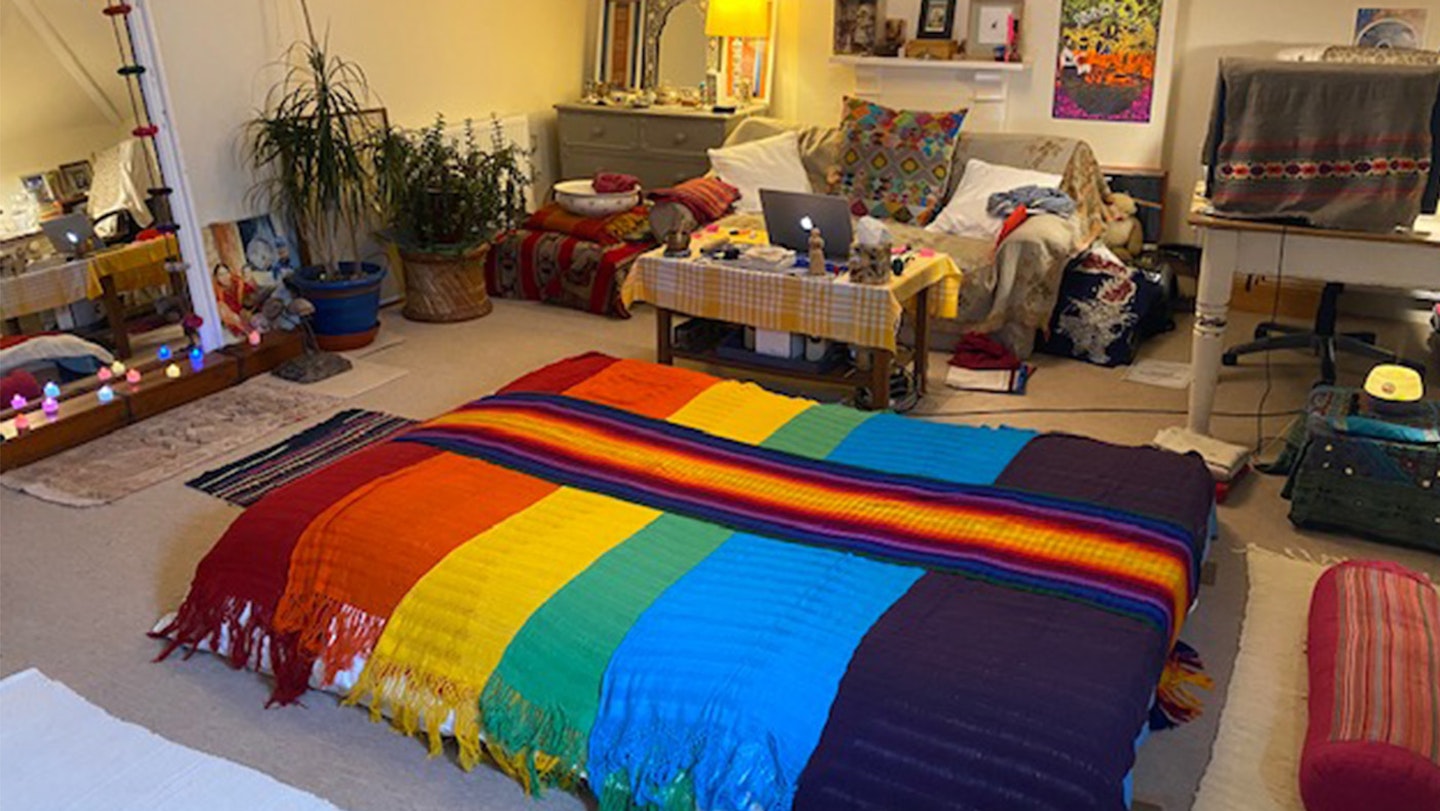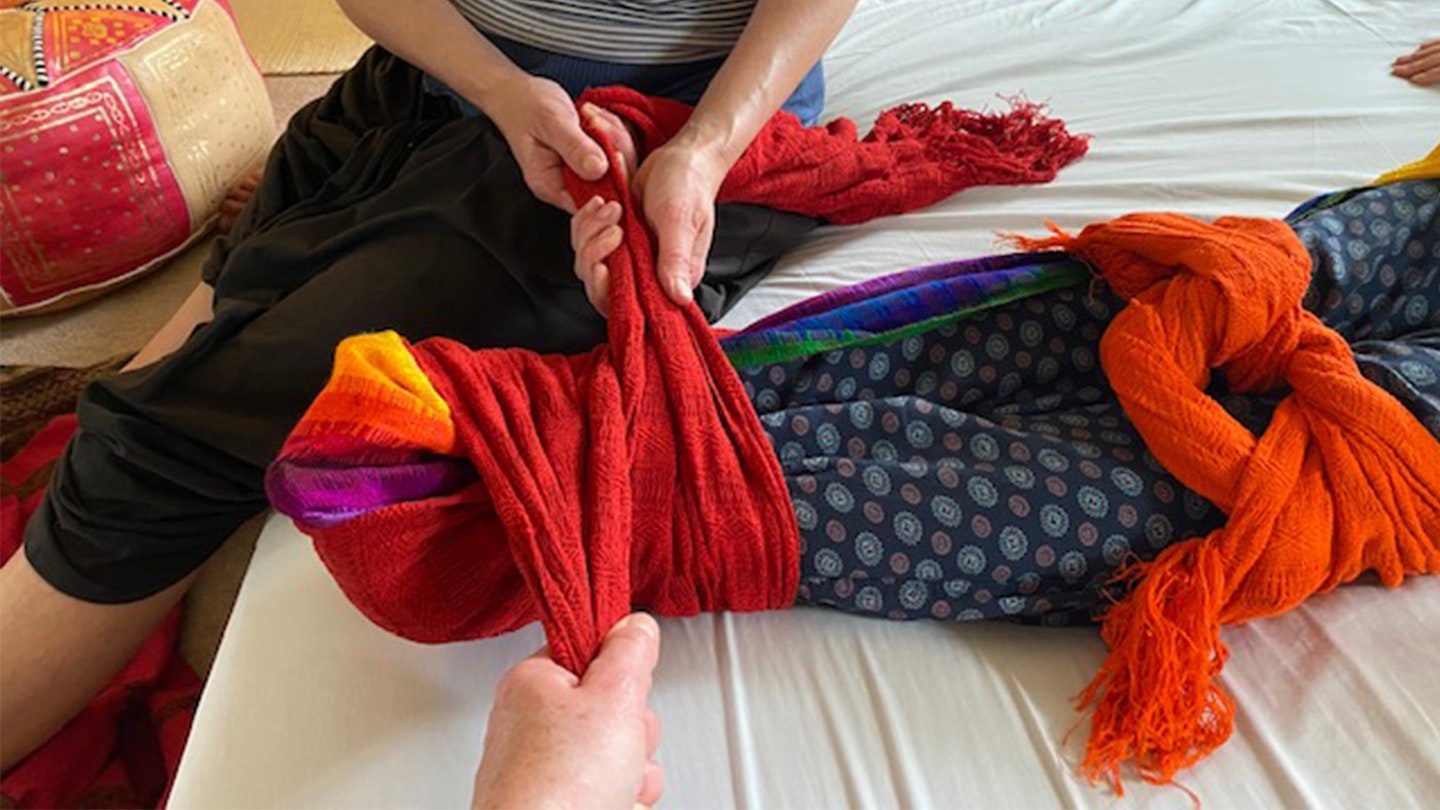From the moment you bring your baby into the world, everything is a bit of a whirlwind. Not only are you physically recovering and learning to care for your new little bundle of joy but everything from your body to your mind feels a bit different. While it's natural for your baby to take up most of your attention, a Closing of the Bones ceremony provides a chance for you to look after yourself too.
What is Closing of the Bones?
This is a ceremony that originates in South America, to acknowledge the amazing job the woman’s body has done in growing and giving birth to a baby and to help it to heal and come back “into itself” after the birth.
Traditionally, it is done within days (and sometimes hours) of the birth, and is repeated five or six times over the first forty days - a time period that is considered sacred in many cultures, and where the mother is completely looked after by her community. Sadly, in the West, many believe that we have lost that idea of cherishing the new mother, and making sure she is fully cared for, and instead focus all our energies on the baby, whilst expecting the new mum to just “bounce back” as if nothing has happened and her body hasn’t just gone through an extraordinary transformation.
Who is it suitable for?
It is suitable for anyone who has given birth, however that happened (vaginal or Caesarean, induced or spontaneous, assisted or unassisted, at home or in a hospital/birth centre). Ideally, it will take place within the first six weeks after birth, but it can happen any time, even years later. The physical and physiological benefits are likely to be greatest if it is done soon after the birth, but the mental, emotional and energetic benefits can be experienced anytime.
Is Closing of the Bones safe?
Yes, so long as the practitioner knows what she is doing with regards to the abdominal massage element.
What happens at a Closing of the Bones ceremony?
Different practitioners perform the ceremony in slightly different ways - there is no one single “right” way to do it. Some practitioners work alone, others work in pairs. Some focus mainly on the physical side of the ceremony, others give equal weight to the mental and emotional side.
Before we meet the woman, my colleague Georgie and I will ask mum to write an account of her birth and parenting experiences and send it to us. This can have a very cathartic effect. We then read this and mark what was positive in her experience, and what was negative or traumatic. We will be using this account during the ceremony.
When she arrives we start off by helping the mum to feel comfortable with us (we may not have met her before, so we need to quickly build a trusting relationship) by offering her a drink and just chatting generally.

When she is ready, we make her comfortable with her feet in a warm footbath with three different essential oil blends that mum chooses between (each especially prepared), depending upon which she is drawn to. We then mix it with solubiliser, before adding it to the warm foot bath, in order that mum receives the 'therapeutic benefits' of the different oils, not just their lovely smells.
Following this, we talk through her birth/parenting story, stopping at any points where emotions rise to the surface. During these emotional moments, Georgie performs Emotional Freedom Technique (also known as Tapping) to help the woman make peace with what she felt at the time, and release any negative emotions that she may associate with that part of her story. This is a powerful experience for her, and often needs a box of tissues to hand! Depending on her situation, it can take time to work through what she went through, and we feel it is very important not to rush her.
When she and we are satisfied that she feels happier about her birth/parenting experience, we move on to the more physical element of the ceremony. We start off by shaking out any residual tension she is holding in her body, by getting her to stand up and then wrapping a long scarf called a rebozo around her back and hips, and gently shaking it to loosen her muscles. When she is feeling relaxed, she lies down and we perform an abdominal massage. This is designed to help get fluid moving around the body, release tension, stimulate and release hormones, relax mum, tone muscles and boost the immune system. It also just feels fabulous!

Usually by the end of this, mum is feeling very relaxed, and it is at this point that we perform the actual Closing of the Bones. This involves wrapping mum up in six scarves as she’s lying down, working from the head down to her toes. Each scarf is tightly wrapped around a different part of her body - head, shoulders, tummy, hips/upper legs, calves, feet. This is designed to pull her body back into itself, after having been stretched in different directions during the pregnancy. It also helps the mum to feel safely cocooned and held, and enables her to completely switch off and relax or even go to sleep. We leave her like this, covered in a blanket to keep her warm, for about 20 minutes, whilst reading a yoga nidra to her and playing calming music, and then gently encourage her to bring her awareness back to the current moment, and wake herself up.
We finish her session with a cup of warming Chai and some homemade nutritious sugar-free energy balls, and a brief chance to debrief anything that’s still on her mind. The whole thing takes about 3 hours.
How to find a practitioner
There is currently no national directory of practitioners, so I would suggest either chatting to other new mums (before or after the baby is here) to see if anyone knows of someone locally that they could recommend, or googling practitioners in your area.
For more information on a Closings the Bones ceremony with Sarah, visit her website.
